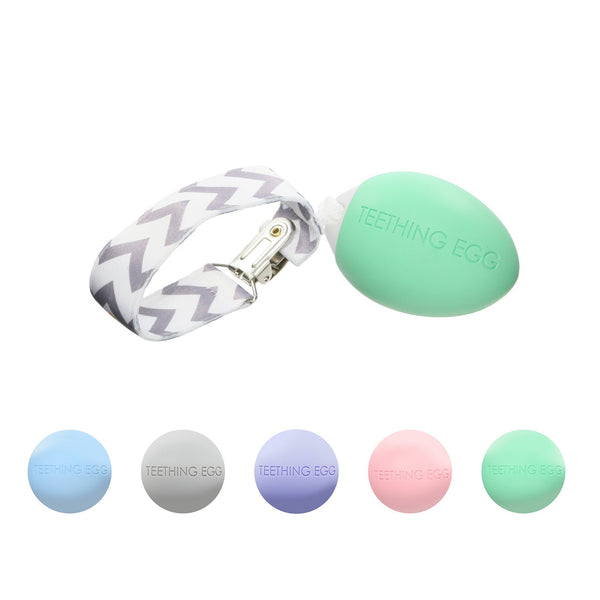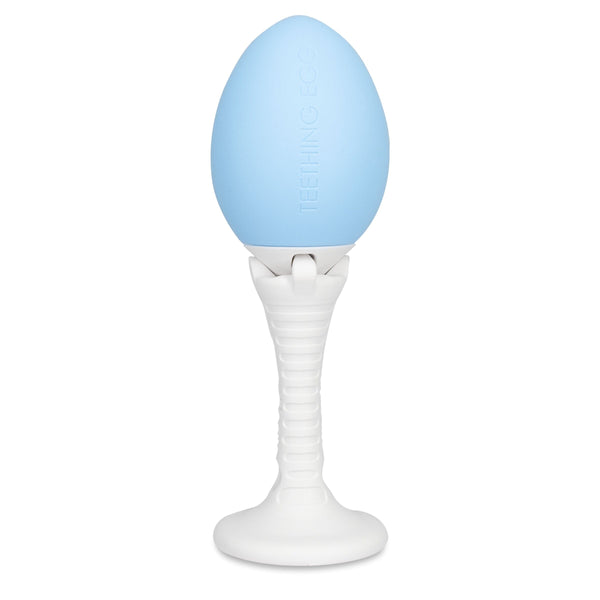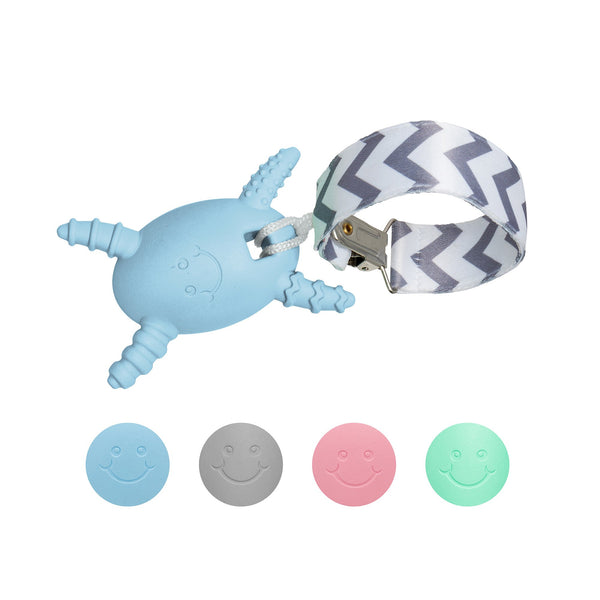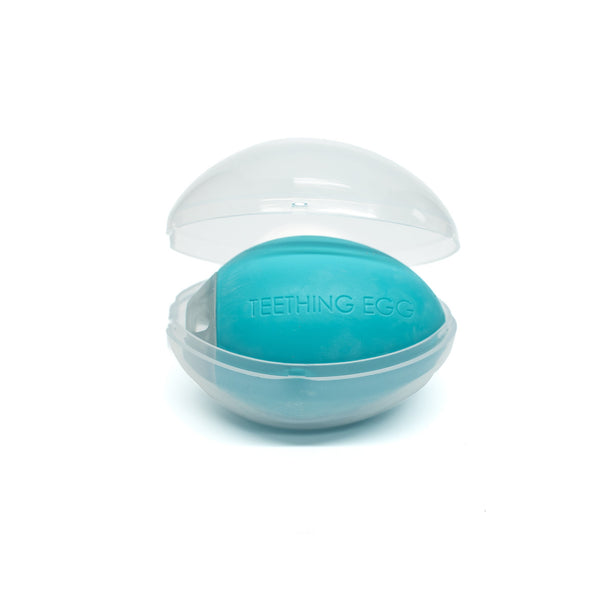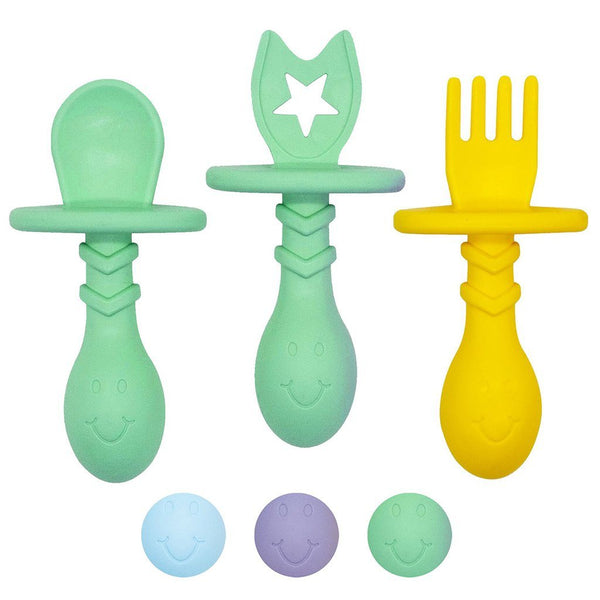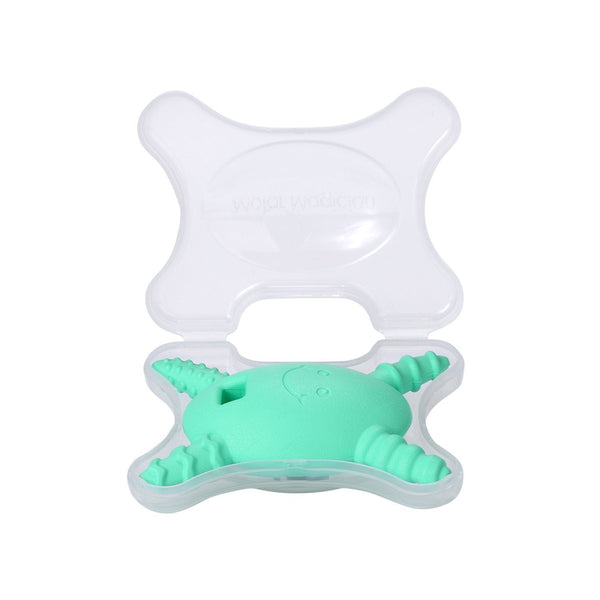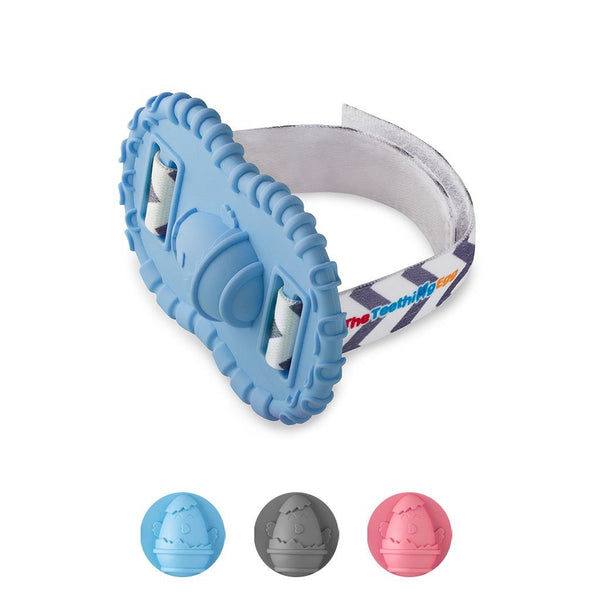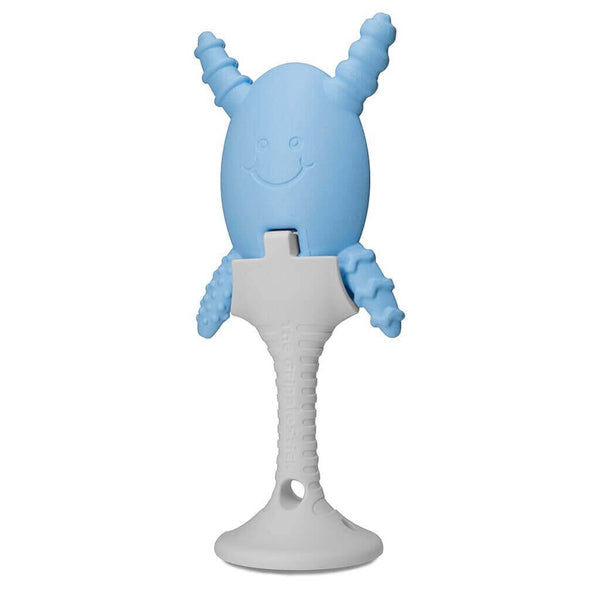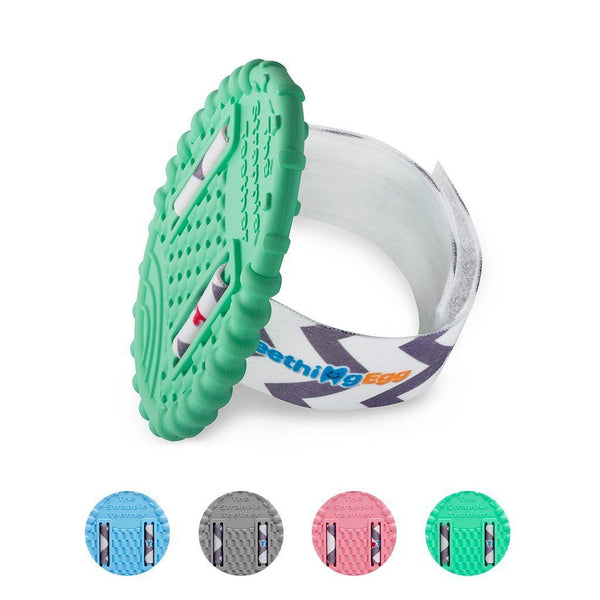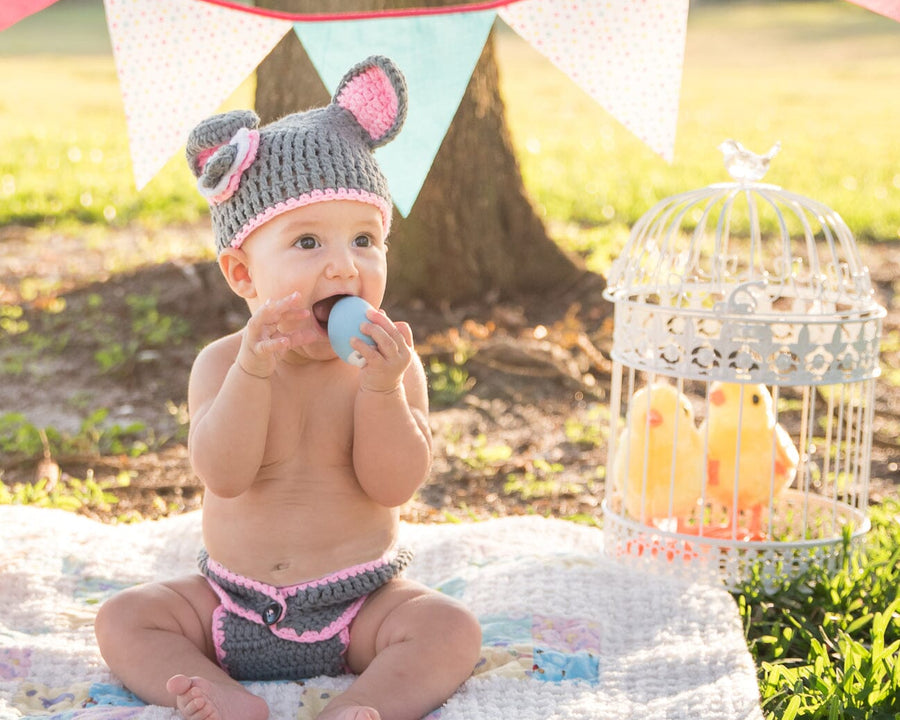Teething is a significant milestone in a baby's development, and it usually begins around 6 months of age. However, the timing can vary widely from one baby to another. Some babies might start teething as early as 3 months, while others might not see their first tooth until after their first birthday. Generally, the bottom front teeth (central incisors) are the first to appear, followed by the top front teeth.
Signs of a Teething Baby
Teething can be an uncomfortable process for babies, and there are several signs that parents can look out for:
1. Increased Drooling: Excessive drooling is often one of the first signs of teething.
2. Chewing and Biting: Babies might chew on their fingers, toys, or anything they can get their hands on to alleviate the discomfort.
3. Irritability and Fussiness: Teething can make babies more irritable and harder to soothe.
4. Swollen or Tender Gums: You might notice that your baby's gums are swollen and tender to the touch.
5. Rash Around the Mouth: Due to the constant drooling, some babies may develop a mild rash around their mouth.
6. Changes in Eating and Sleeping Patterns: Teething can disrupt a baby's usual eating and sleeping habits.
What to Expect When Baby is Teething:
Teething can be a trying time for both babies and parents. The discomfort can last for a few days to a couple of weeks before a tooth breaks through the gums. This process will repeat for each new tooth, so it's important to be prepared for these recurring episodes.
Tips and Tricks for Nursing a Teething Baby
1. Provide Teething Toys: Safe, chewable toys can offer relief. Silicone or rubber teething rings are popular options. Make sure they are age-appropriate and free from harmful chemicals.
2. Cold Washcloths: Chilled (not frozen) washcloths can soothe sore gums. Let your baby chew on it for relief.
3. Gum Massage: Gently rubbing your baby's gums with a clean finger can help ease the pain.
4. Breastfeeding Adjustments: If you're breastfeeding, your baby might want to nurse more frequently for comfort. Be patient and try different nursing positions to find what is most comfortable for both of you.
5. Teething Gels and Pain Relievers: Consult with your pediatrician before using any teething gels or over-the-counter pain relievers. Some products can provide temporary relief but should be used with caution.
6. Distraction: Sometimes, engaging your baby with a favorite toy or activity can help take their mind off the discomfort.
7. Maintain Oral Hygiene: Start cleaning your baby's teeth as soon as they appear. Use a soft, damp cloth or a baby toothbrush with water to gently clean their teeth and gums.
Teething is a natural part of a baby's development, and while it can be challenging, understanding the signs and knowing how to provide relief can make the process smoother. By being prepared and attentive to your baby's needs, you can help them through this important milestone with greater ease. Remember, each baby is different, so what works for one might not work for another. Always consult with your pediatrician if you have concerns about your baby's teething process.
